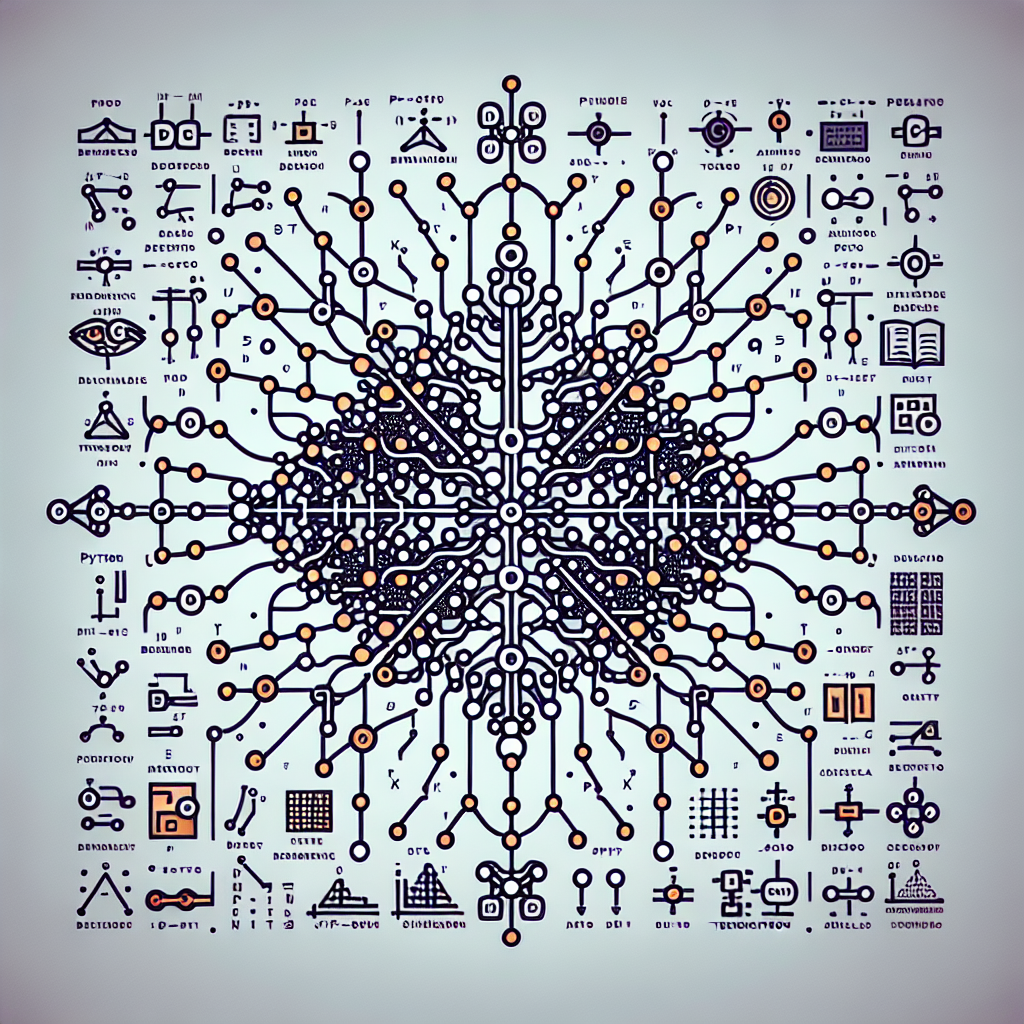Your cart is currently empty!
From Basics to Advanced: Building Machine Learning Systems with PyTorch and TensorFlow for Neural Networks

Machine learning has become a crucial technology for various industries, from healthcare to finance to retail. One of the key tools in the machine learning arsenal is neural networks, which are algorithms inspired by the way the human brain works. These networks are capable of learning from data and making predictions or decisions based on that data.
Two of the most popular frameworks for building neural networks are PyTorch and TensorFlow. PyTorch is an open-source machine learning library developed by Facebook, while TensorFlow is an open-source machine learning framework developed by Google. Both frameworks offer a wide range of tools and capabilities for building and training neural networks, making them ideal choices for machine learning projects.
Building a machine learning system with PyTorch or TensorFlow involves several steps, from basic to advanced. In this article, we will outline the key steps involved in building a machine learning system with these frameworks.
1. Understanding the Basics: Before diving into building neural networks with PyTorch or TensorFlow, it is important to have a solid understanding of the basics of machine learning. This includes concepts such as supervised and unsupervised learning, regression, classification, and neural networks. There are plenty of online resources and tutorials available to help you get started with the basics of machine learning.
2. Setting up the Environment: The first step in building a machine learning system with PyTorch or TensorFlow is to set up your development environment. Both frameworks can be installed using pip, the Python package manager. Once you have installed the frameworks, you can start building and training your neural networks.
3. Building a Neural Network: The next step is to build a neural network using PyTorch or TensorFlow. This involves defining the architecture of the neural network, including the number of layers, the activation functions, and the loss function. Both frameworks provide high-level APIs that make it easy to build and train neural networks.
4. Training the Neural Network: Once you have built your neural network, the next step is to train it on a dataset. This involves feeding the training data into the neural network and adjusting the weights and biases of the network to minimize the loss function. Both PyTorch and TensorFlow provide tools for training neural networks, such as optimizers and loss functions.
5. Evaluating the Model: After training the neural network, it is important to evaluate its performance on a test dataset. This involves calculating metrics such as accuracy, precision, recall, and F1 score to assess how well the model is performing. Both PyTorch and TensorFlow provide tools for evaluating the performance of neural networks.
6. Fine-Tuning the Model: Once you have evaluated the performance of the neural network, you may need to fine-tune the model to improve its performance. This could involve adjusting the hyperparameters of the model, adding more layers to the network, or using different activation functions. Both PyTorch and TensorFlow provide tools for fine-tuning neural networks.
Building machine learning systems with PyTorch and TensorFlow for neural networks can be a challenging but rewarding process. By understanding the basics of machine learning, setting up the development environment, building and training neural networks, evaluating the model, and fine-tuning the model, you can create powerful machine learning systems that can make accurate predictions and decisions based on data. With the right tools and knowledge, you can take your machine learning projects to the next level with PyTorch and TensorFlow.
#Basics #Advanced #Building #Machine #Learning #Systems #PyTorch #TensorFlow #Neural #Networks,understanding deep learning: building machine learning systems with pytorch
and tensorflow: from neural networks (cnn

Leave a Reply